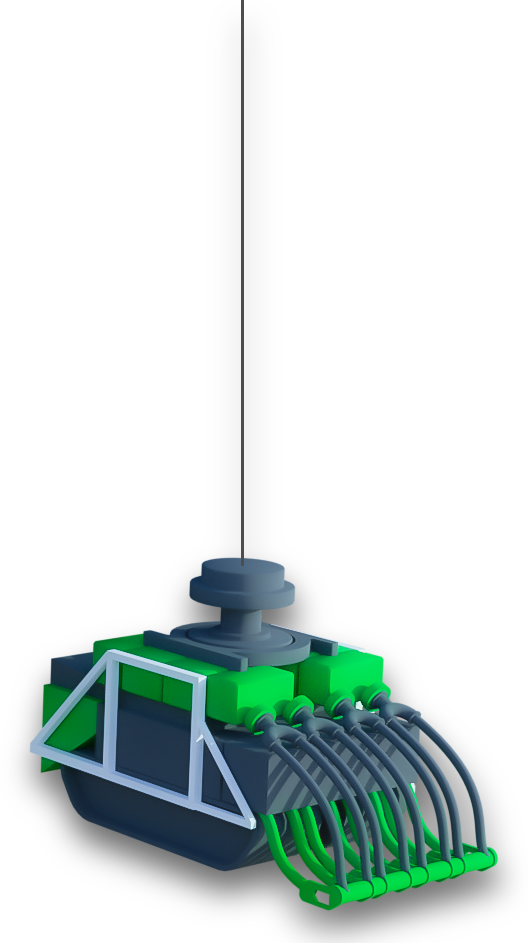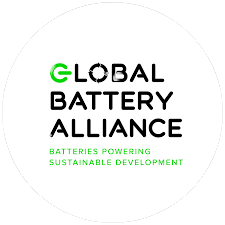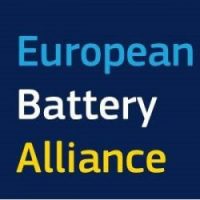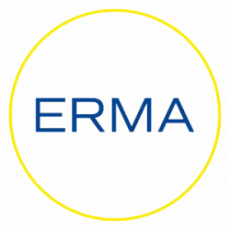About Us
Global Sea Mineral Resources (GSR) is the deep-sea exploratory division of DEME Group NV. GSR embodies DEME’s pioneering spirit and drive to find sustainable solutions. Since 2012, GSR has been exploring the possibility of collecting seafloor polymetallic nodules that contain minerals that could help humankind address climate change, population growth and urbanisation. GSR is a leading developer of nodule collection technology and in 2023 received an investment from Transocean, a global leader in the offshore drilling industry and well known for its ultra-deepwater expertise. Transocean’s investment in GSR includes the contribution of an ultra-deepwater drilling vessel, a cash investment and additional engineering capacity.
Rationale

DEMOGRAPHIC CHANGE
It is predicted that by 2050 our planet will have a global population of 9.7 billion and 66 percent of people will live in cities. With 90 percent of this growth forecast in emerging economies, much of the necessary infrastructure does not yet exist and will require colossal amounts of metal to develop sustainably.

DECARBONISE ENERGY & TRANSPORT
We urgently need to decarbonise our energy and transport systems; clean energy technology is metal intensive. The World Bank estimates that more than three billion tons of new metal will be needed to deploy the necessary wind, solar and energy storage technologies required to keep climate change to below +2°C.

CIRCULAR ECONOMY
We share the ambition of reaching a circular economy in which waste is eliminated. All credible forecasts, however, agree that new primary sources of metal will continue to be needed for some time before we can close the loop. No amount of recycling, substitution, re-use, product re-design or system change can alter that.

WHOLE PLANET APPROACH
We need a whole planet approach to finding solutions for whole planet problems. The question we face as a global society is: how do we best source the metals we need for the future we want, responsibly? We need to explore all credible options – from land and sea – and choose only the most responsible.
The Twilight Zone
200 Meters

1. COMMUNICATING WITH THE SURFACE
Patania II is controlled at sub-sea depths of 4.5 km via an umbilical cable connected to the support vessel. This cable is crucial, because it is used for lifting and powering of the Patania II whilst at the same time it serves as two-way communication between Patania II and the team aboard the surface vessel. The cable itself weighs close to 5 tons.
2. MONITORING THE DEEP
Patania II is an incredible example of modern engineering and innovation. Operating at 4.5 km below the surface, the pre-prototype seafloor nodule collector was designed to withstand pressure of over 451 bar. Patania II is fitted with sensors, including a sonar style device that takes 3D images and an HD camera that allows GSR to monitor deep ocean currents, biology and the near-field effects of Patania II’s activities. In addition, an autonomous underwater vehicle (AUV) equipped with cameras and other sensors is used for environmental monitoring.
3. COLLECTING THE NODULES
Patania II is equipped with four vacuum cleaner style collector heads that direct a waterjet above the nodules, creating a negative pressure, lifting the nodules off the seabed before fluidising them to be transported. Next the nodules are separated from the sediment, which is returned to the seafloor. In the future, nodules will be brought up a riser pipe to the surface vessel where they will be transported to land for processing.

What is a nodule?
In the Central Pacific, deep on the ocean floor in an area known as the Clarion Clipperton Zone, lie billions of potato-sized rocks called polymetallic nodules. As their name suggests, they are multi-metal. They contain nickel, cobalt, manganese and copper, - critical metals for sustainable development, growth in urban infrastructure and clean energy technologies.
What is a nodule?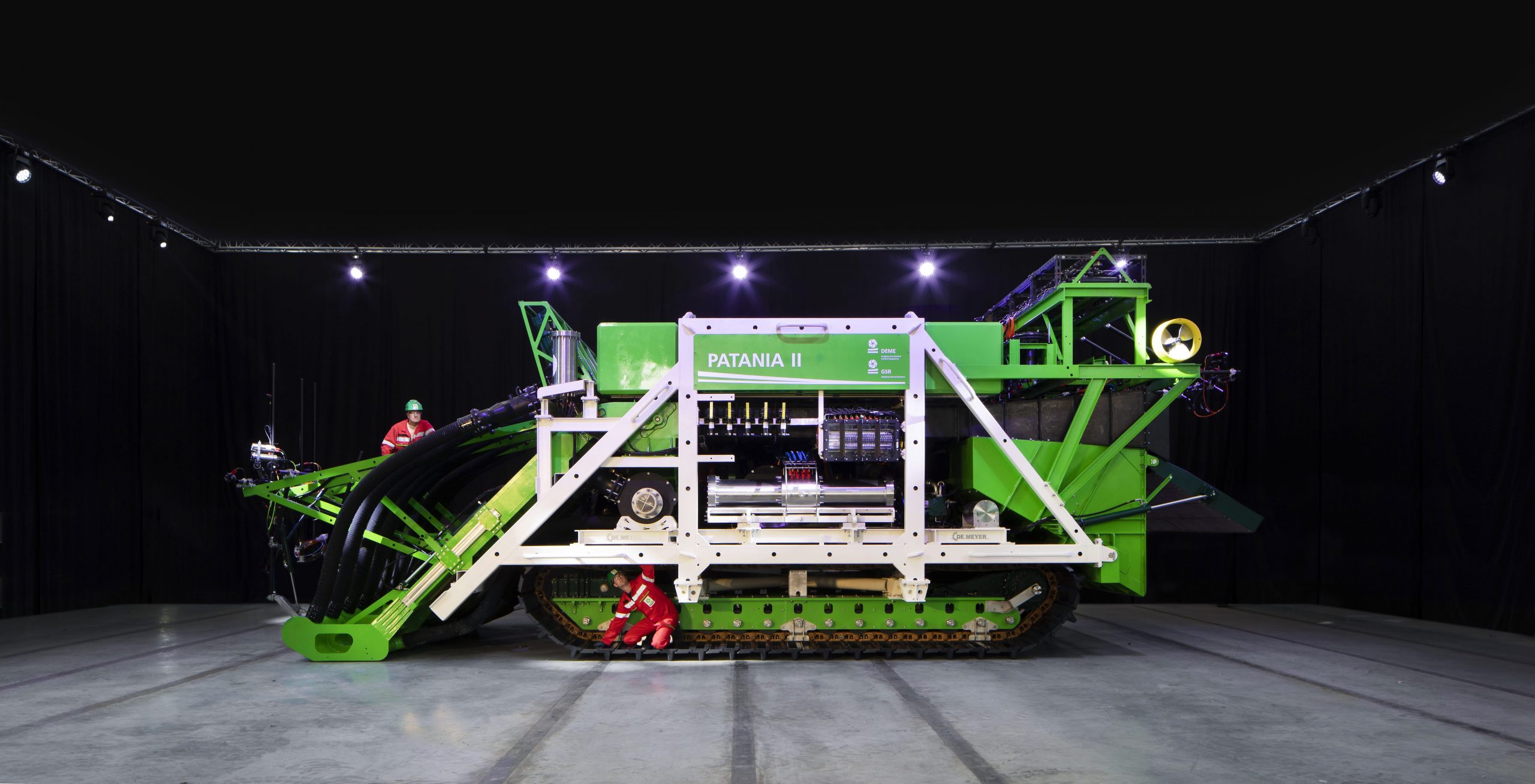
What is Patania?
Meet Patania II, a feat of modern engineering and ingenuity. GSR’s nodule-collecting vehicle is named after the fastest moving caterpillar on earth. On tracks, Patania can operate at 4500 m below the surface, using ground-breaking robotic technology and monitoring systems. Patania II communicates with the vessel above using a 5 km cable called the umbilical .
Find out more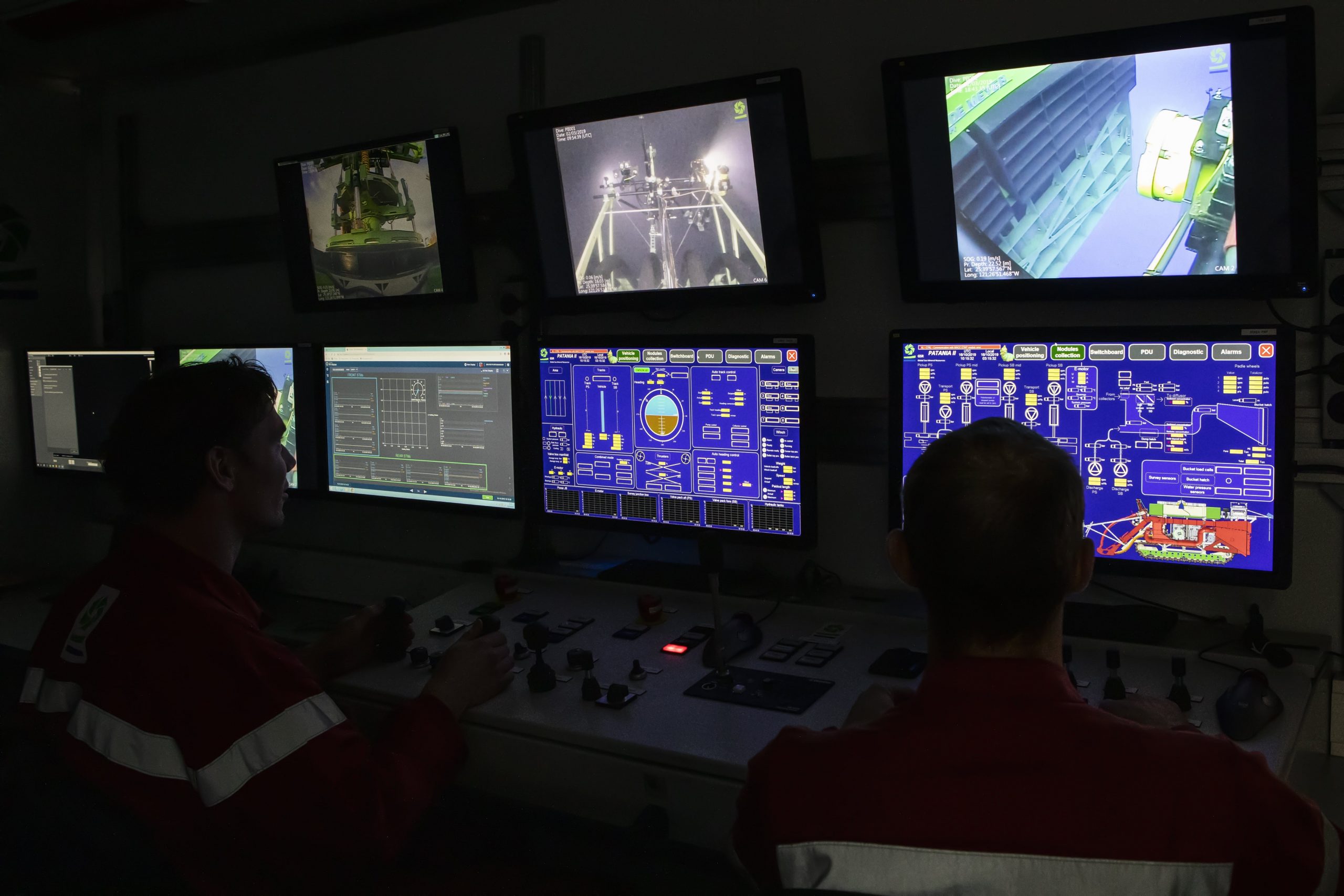
What have we learned so far?
Deep seabed mining is an industry in the exploration, research and development phase. Years of detailed scientific work lie ahead before there is any prospect of commercial activity. GSR partners with world leading experts to ensure we get the science right; that decisions are based on best available scientific evidence; and that we contribute to marine scientific knowledge.
Find out moreSee it in action
WHY LOOK TO THE DEEP?
All credible studies show that vast quantities of primary metals will be required before the prospect of a circular economy can become a reality. Strategies such as recycling, substitution and reuse will not be sufficient to meet the demands created by population growth, urbanisation and the urgent need to decarbonise energy and transport.
Extracting metal from our planet comes at a cost. When metals come from land, often rainforests have to be cleared, mountains flattened, communities displaced and huge amounts of waste – much of it toxic – generated.
We need to take a holistic, whole planet, approach to determine the most responsible sources of metals. Diversification of supply will be critical, and polymetallic nodules could be an important part of the solution.
A JOURNEY OF DISCOVERY SINCE 2012
GSR is exploring the possibility of collecting polymetallic nodules from the seafloor that could help humankind address climate change, population growth and urbanisation.
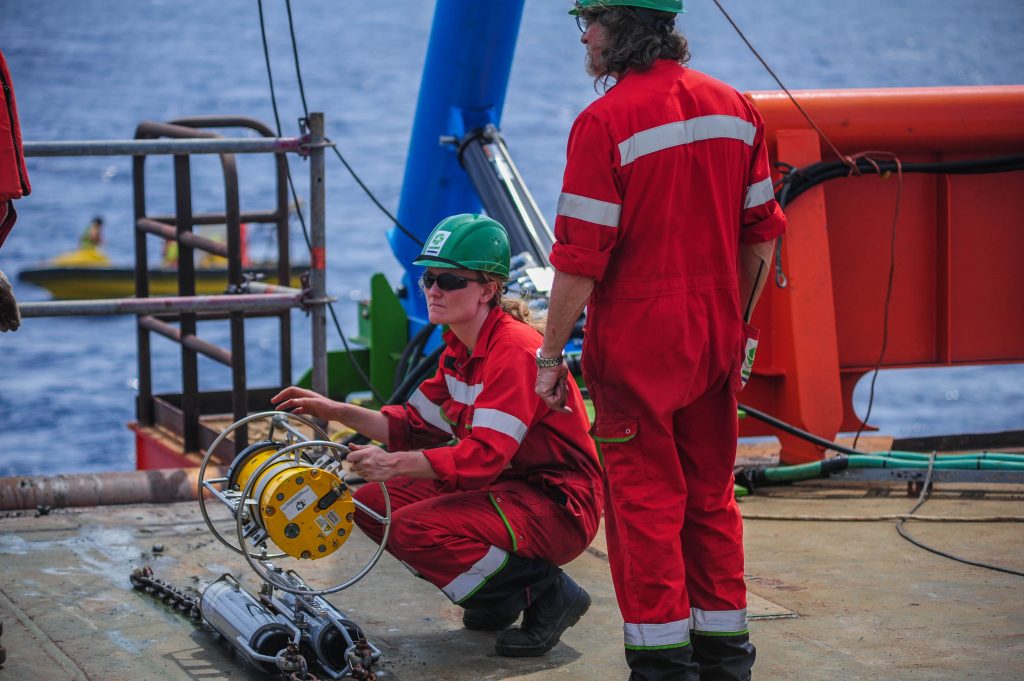
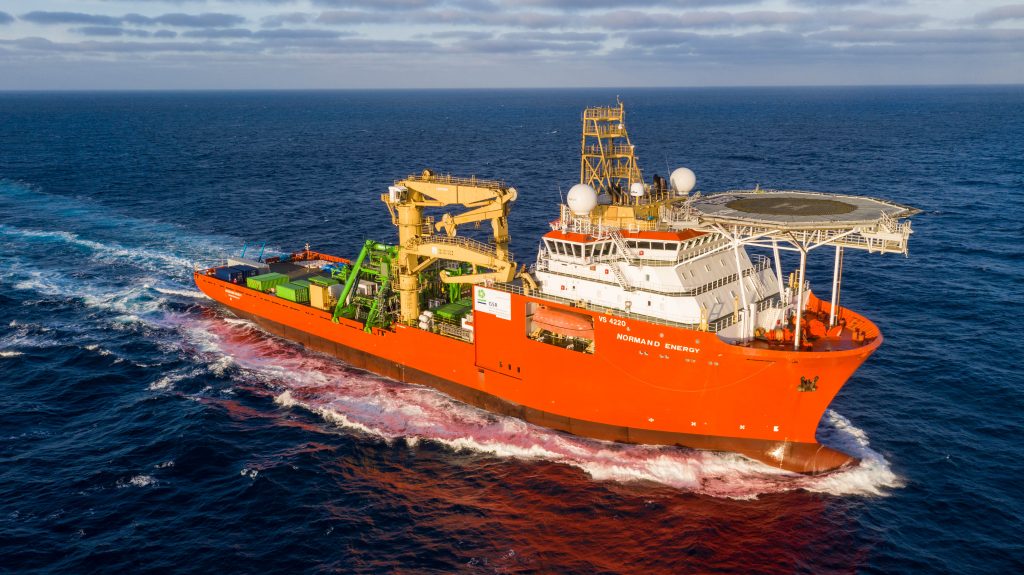
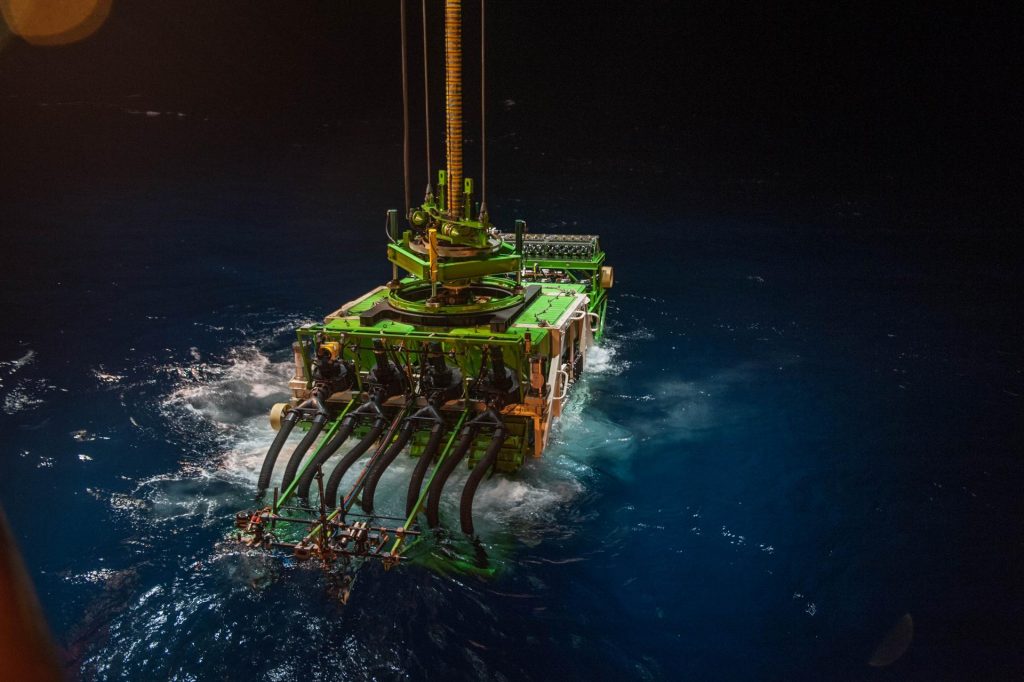
The Midnight Zone
1,000 Meters
News & insights
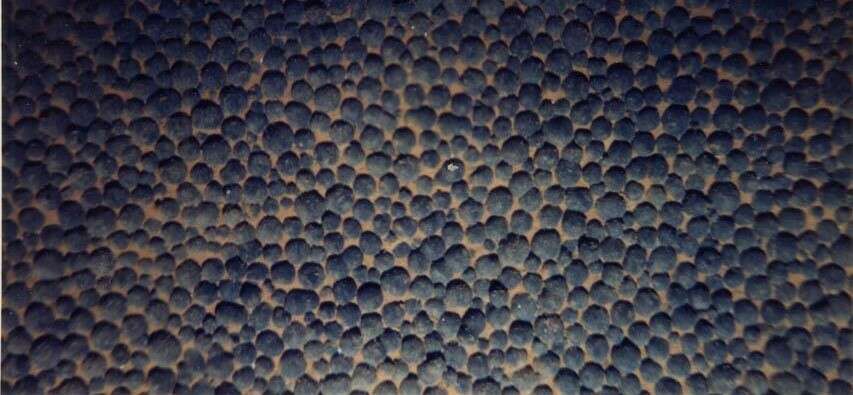
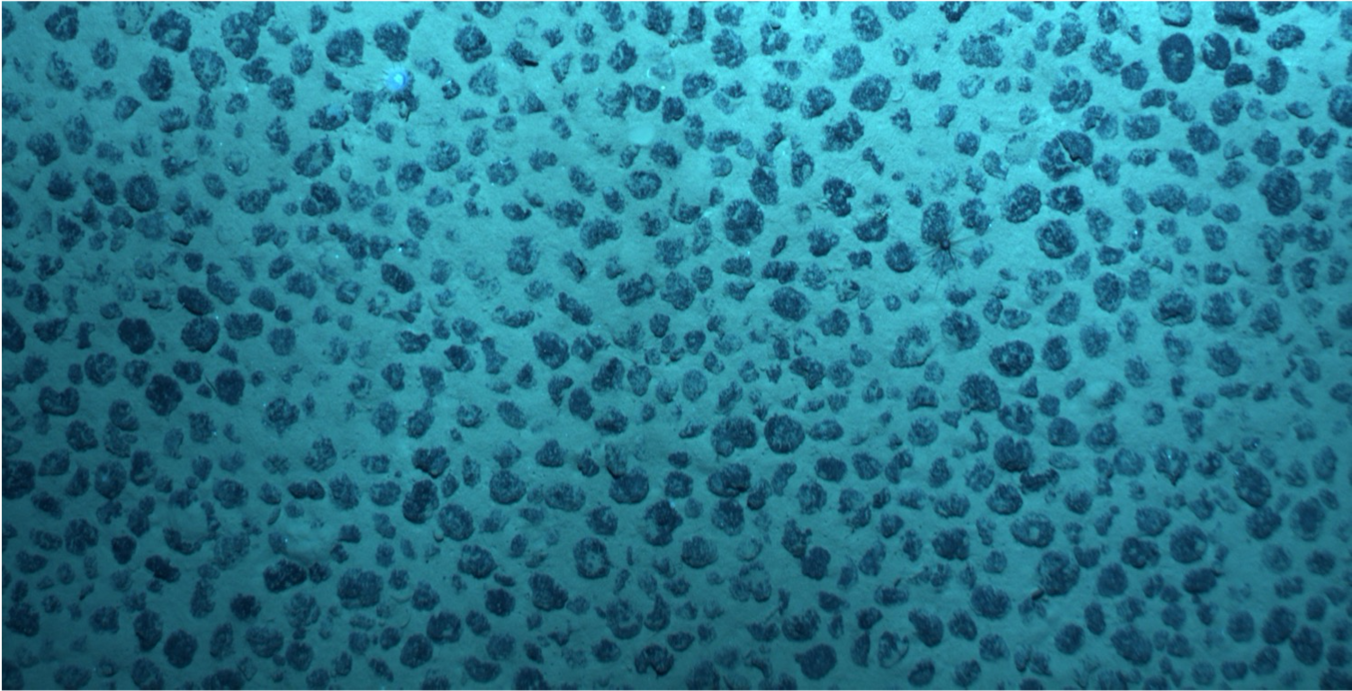

The History
Interest in polymetallic nodules and the resource they can provide for humankind is not new.
They were first discovered 150 years ago during the 1872 voyage of HMS Challenger, a Royal Navy survey vessel that launched modern oceanography by mapping the ocean floor.
Economic interest in polymetallic nodules began to develop in the 1960s, which prompted the Maltese Ambassador Arvid Pardo to propose the development of ocean regulations to the General Assembly of the United Nations in 1967.
Regulation
After 15 years of negotiations, the United Nations Convention on the Law of the Sea (UNCLOS) was agreed on and signed in 1982.
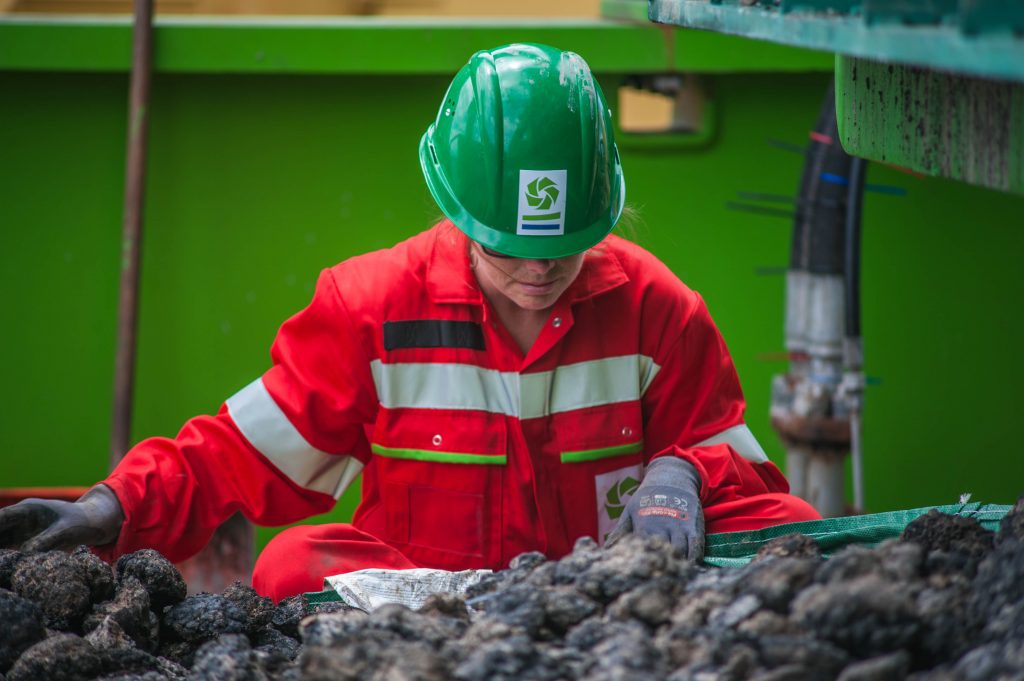
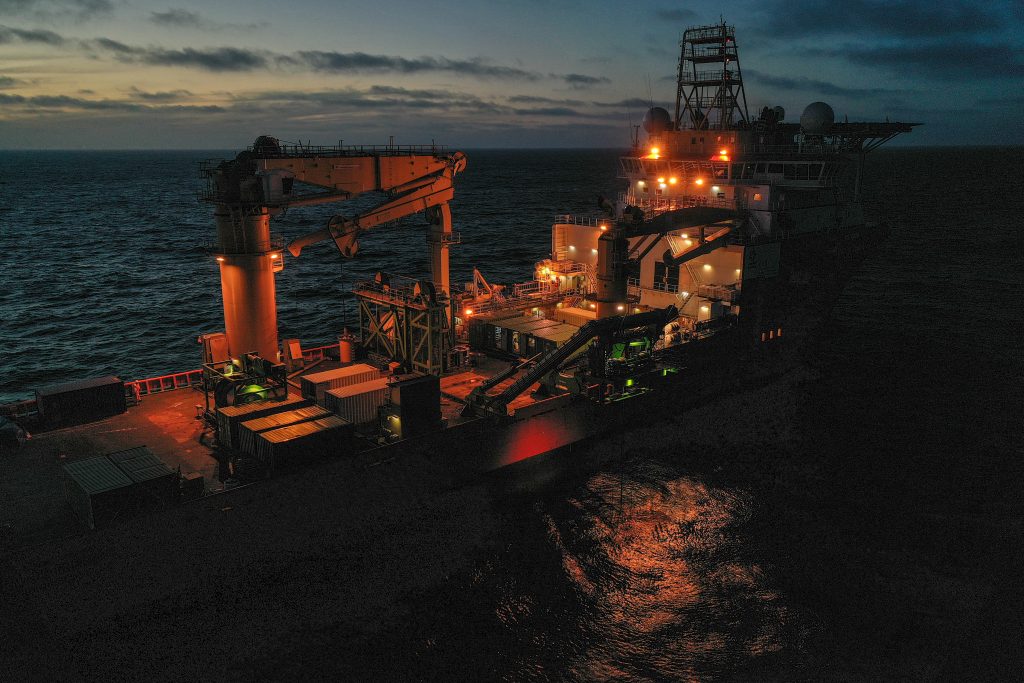
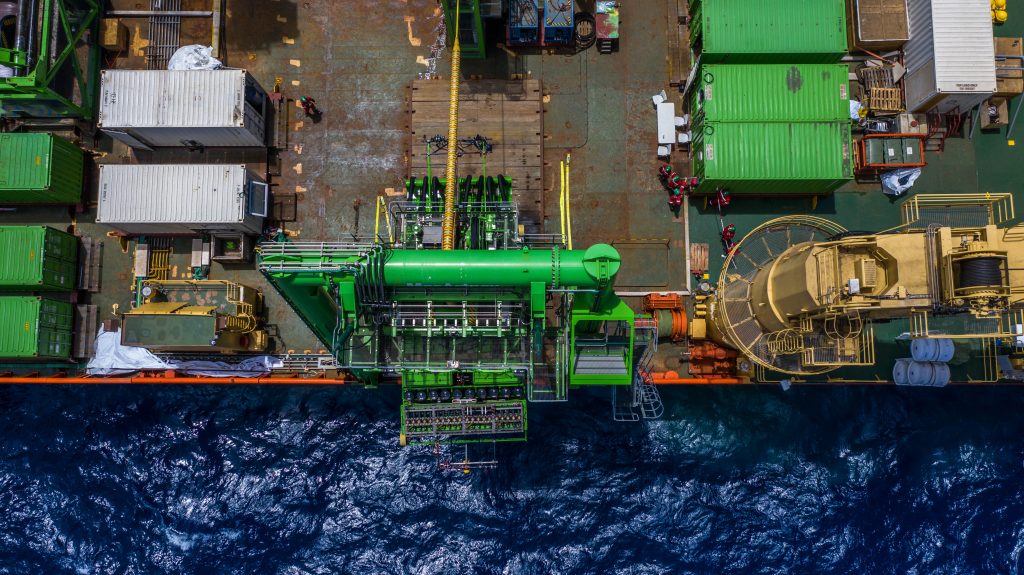
The Abyssal Zone
4,000 Meters
Minerals in Depth
Minerals in Depth is an educational microsite dedicated to explaining the context and drivers for going to the deep ocean as a potential source of critical metals.
The site contains insightful interviews with some of the leading scientists involved in deep sea exploration.
Visit nowDSM FACTS
Decisions must be led by facts, not emotion. This is the premise for DSM-FACTS.COM, a website that aims to answer all the key questions and concerns about this complex, nascent industry.
Presented in a Q&A format, the site collates the facts, science and essential information to understanding DSM.
Visit now

